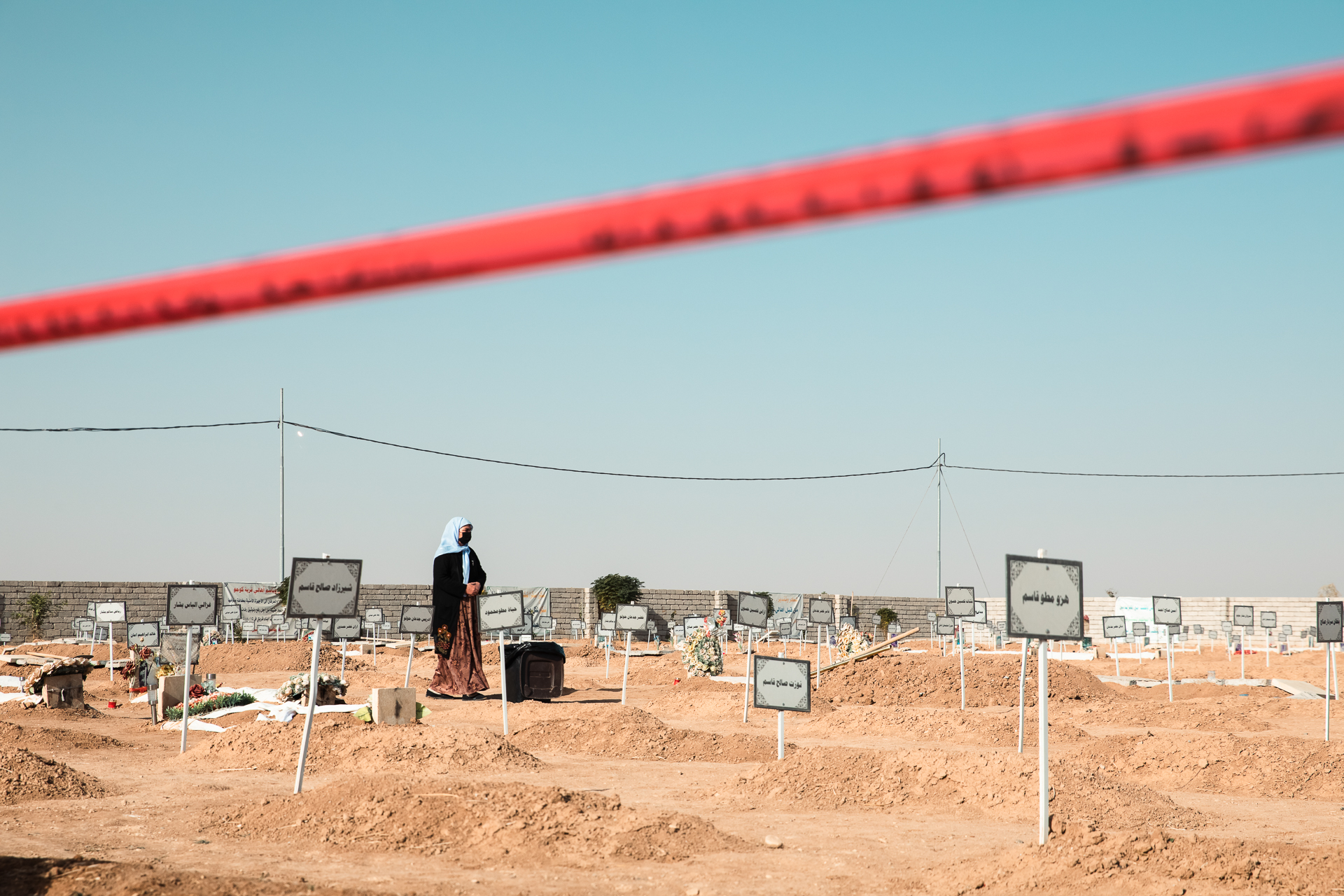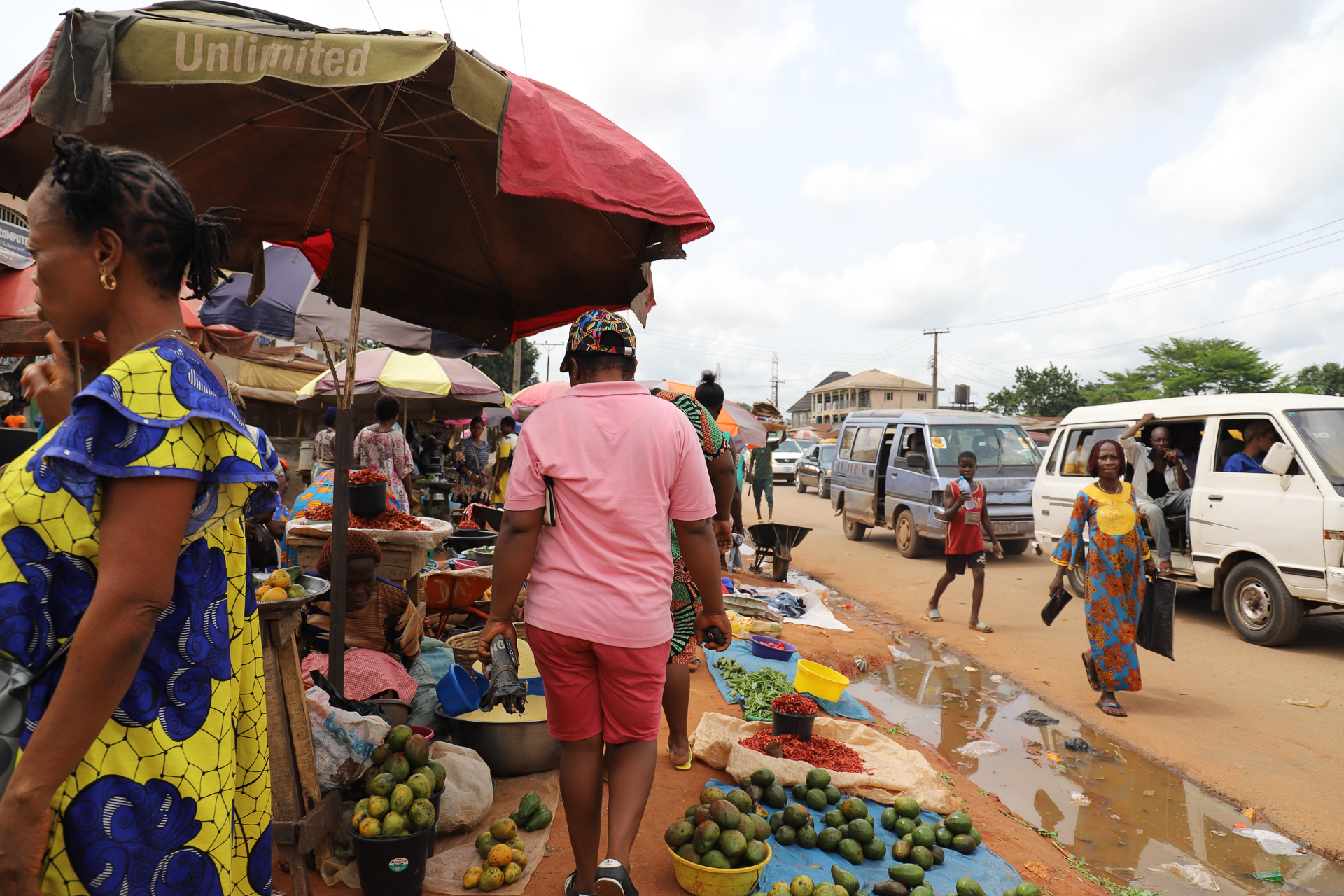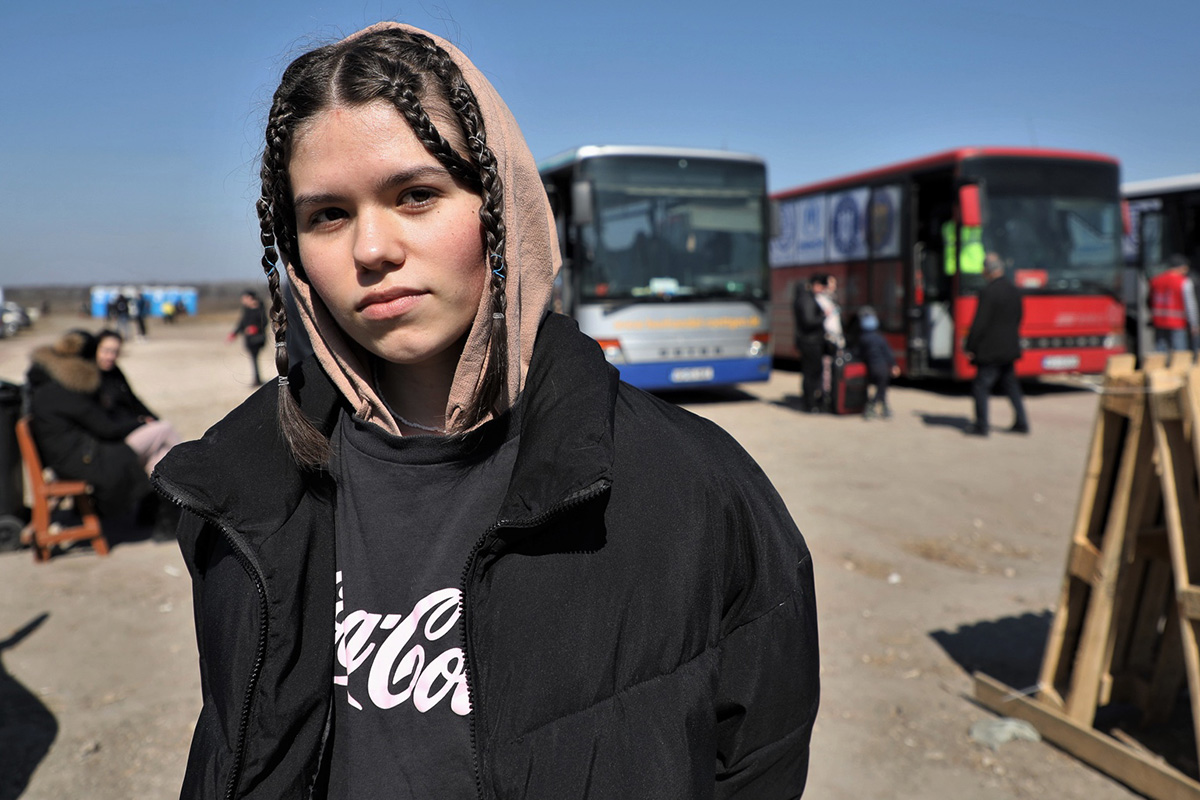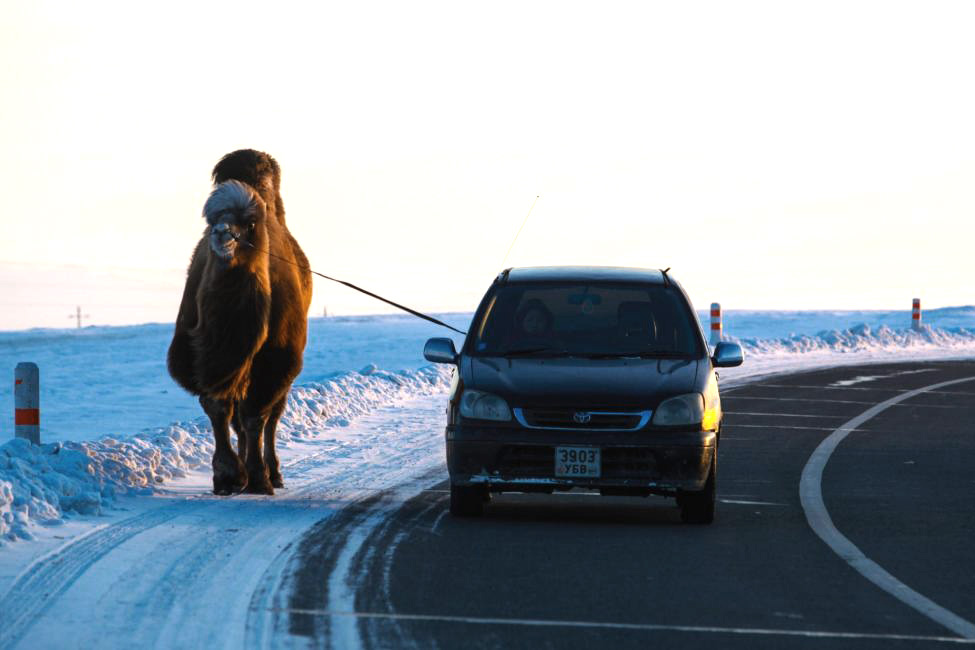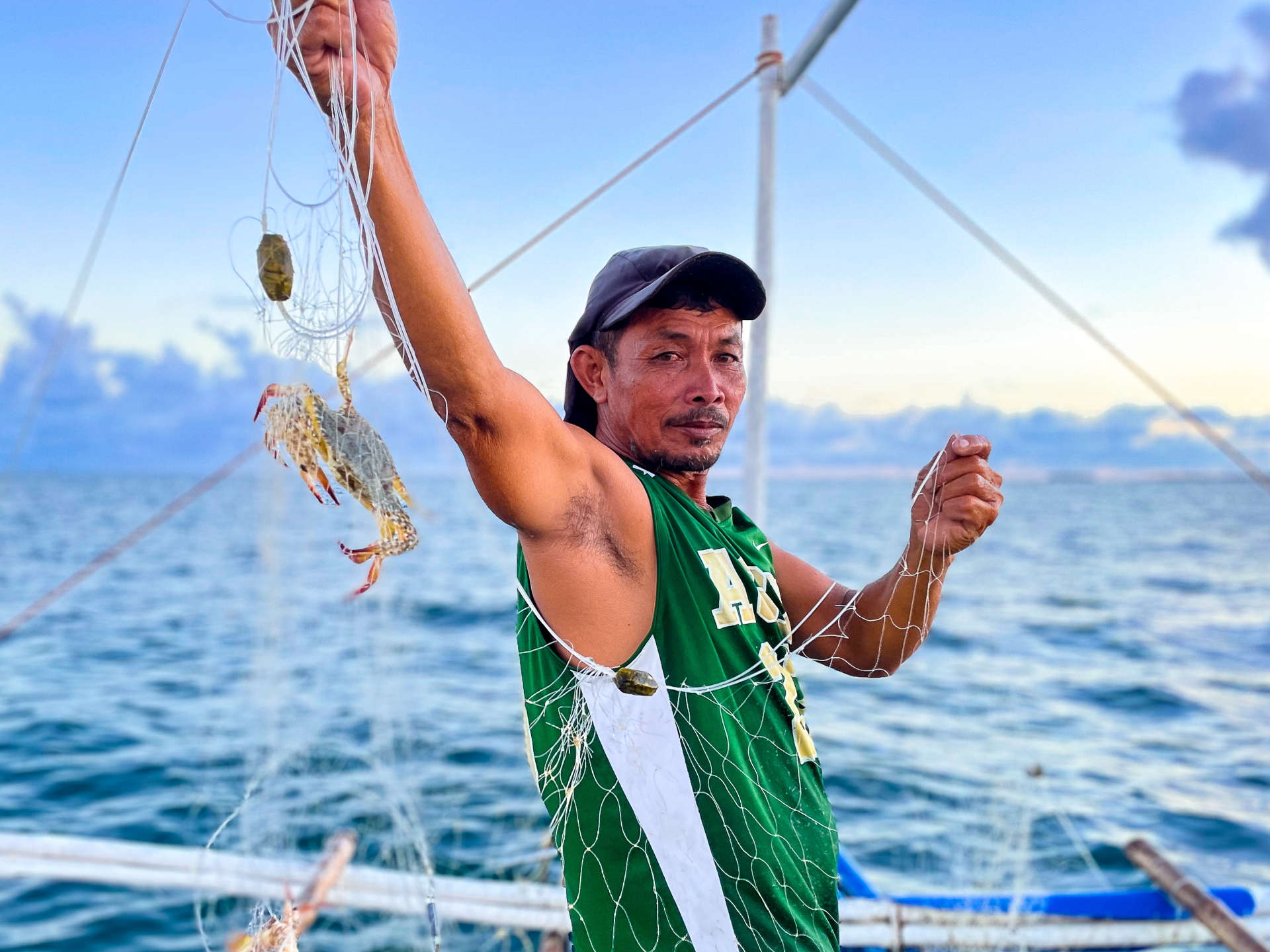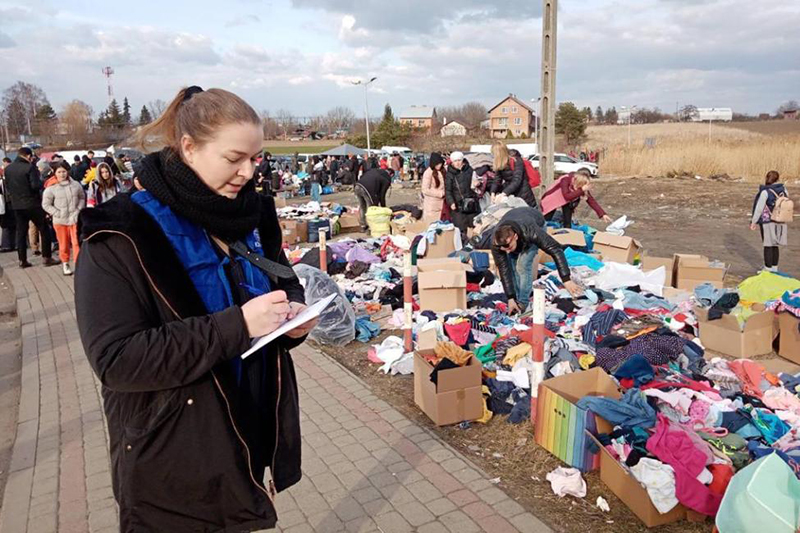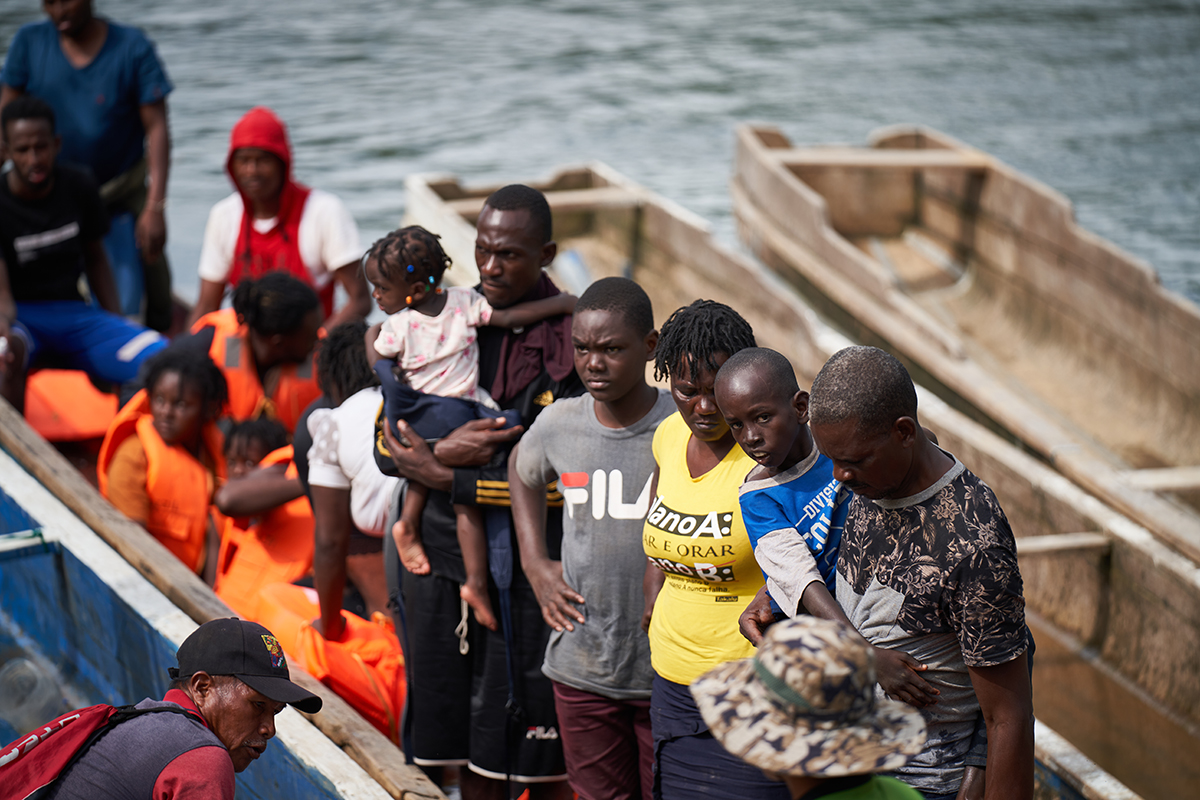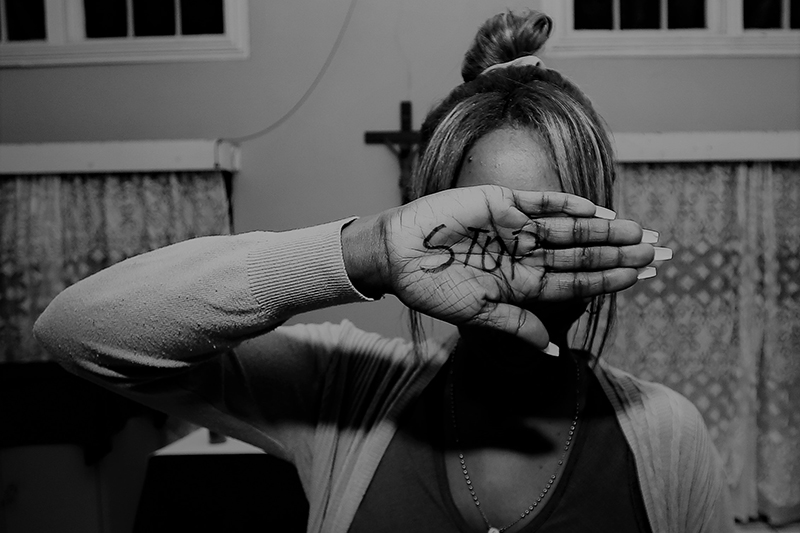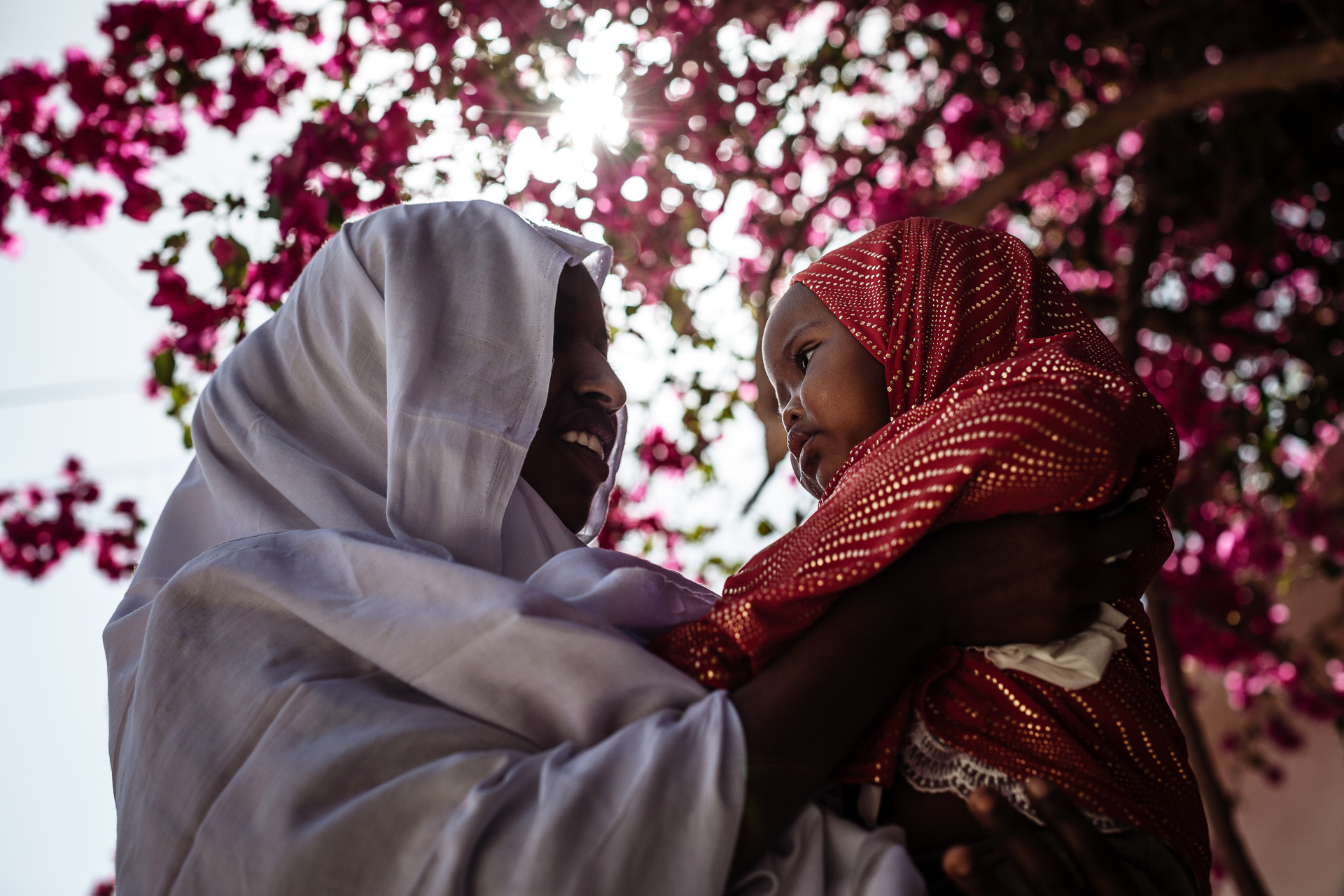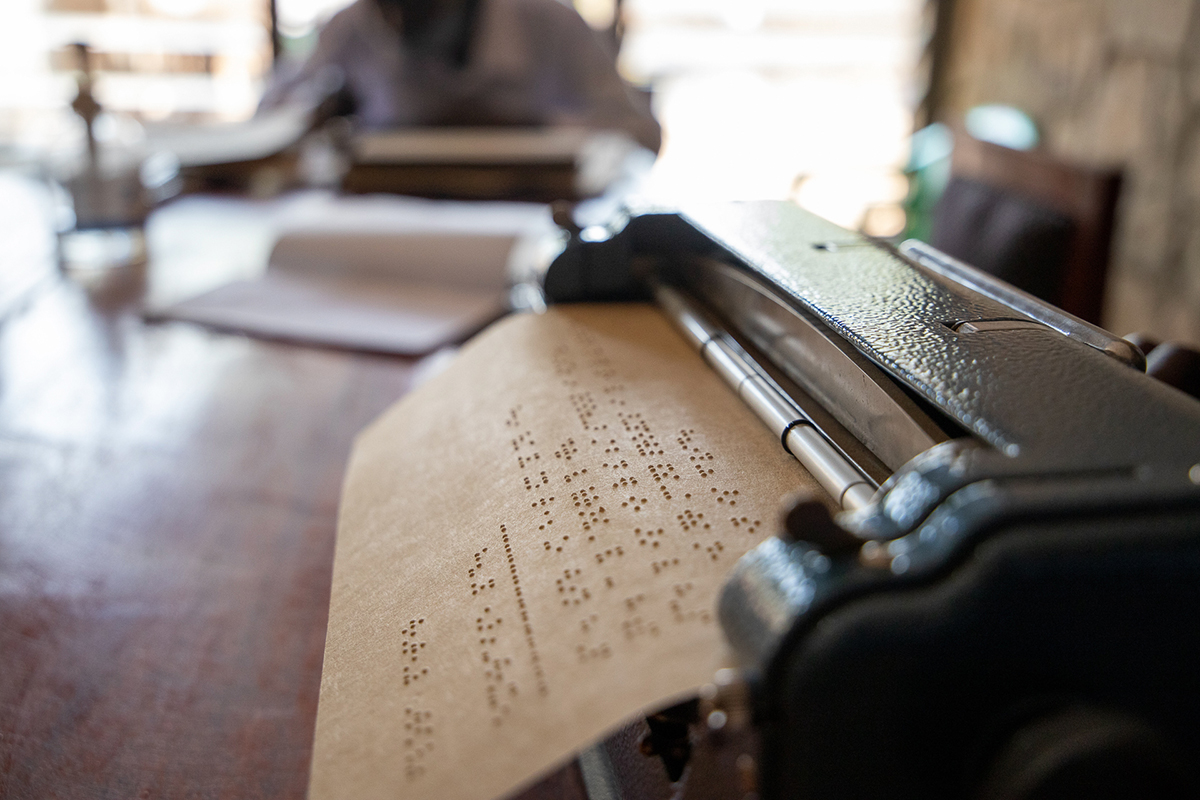The lives of survivors from the Yezidi community have been irreparably changed by unimaginable horrors. Eight years after ISIL’s heinous acts, IOM questions: how does a community heal?
IOM
The International Organizaiton for Migration wants you to know five things about the people displaced by the war in Ukraine.
“I noticed this woman with a 10-year-old boy. He never looked up, his eyes were down, and he never blinked. And I just kept on thinking, what has this boy seen on his journey here?”
Ugochi Daniels was just six years old when her family fled the civil war in Nigeria. Now the International Organization for Migration’s Deputy Director General for Operations, she is often struck by the pain of uprooted children, most recently those escaping from Ukraine. Women and children are particularly vulnerable when they have left their home – no matter for what reason. Across the world, IOM is dedicated to promoting humane and orderly migration for the benefit of all. In this episode, Ugochi Daniels reflects on efforts to meet the needs of people on the move, and on a life dedicated to the service of others.
In 2018, Chinara travelled to Mali, in the hope of bettering the livelihood of her family. She was deceived by an acquaintance she met at the market, and was convinced to migrate irregularly to Mali, with the promise of making up to approximately USD 360 a month by cleaning houses. When she arrived in Mali, she did not find a house to clean but instead a female sex workers house. “They were treating us like animals. It was like hell.” Thankfully, she met two other migrants outside the house who had established contact with IOM and helped her escape.
Last year migrant workers sent $605 billion back home.
On 8 March, the Moldovan and Romanian Governments, with support from IOM and UNHCR set up a fast-track transfer to support the safe land movement of those fleeing Ukraine, including third-country nationals. Several buses travel each day from Romania to Palanca – Moldova’s easternmost point located at 2.5 km from Ukraine – to pick up refugees. When they arrive from Ukraine, refugees are greeted by authorities, humanitarian organizations, and volunteers, all eager to assist those newly arrived.
Research by IOM in Mongolia shows a migration ban aimed at reducing overpopulation in Ulaanbaatar only increased the vulnerabilities of the capital city’s urban migrants. IOM found that rural-to-urban migration improved the lives of most internal migrants in Mongolia, providing them with more and better job opportunities and increasing their incomes. Due to development discrepancies between rural areas and the capital, Mongolia has experienced a dramatic rural-to-urban migration flow, raising Ulaanbaatar’s population to almost 1.5 million – half the country’s total.
Bantayan, a small coastal island in central Philippines, is home to approximately 3,000 people – around 80 per cent of them fisherfolk and the rest, farmers. In Bisaya, the local language, bantayan means to look closely. As its name implies, bantayan is a signal for everyone to pay attention. It is a reminder that the realities and consequences of the climate crisis go beyond the discomfort of unpredictable weather. Their voices are the warning the world needs to hear. More on how Climate Change is affecting fisherfolk in the Philippines
The International Organization for Migration (IOM) is mobilizing teams and boosting capacity in Ukraine and neighbouring countries to respond to the growing humanitarian needs of Ukrainians forced to flee the country. According to initial figures from IOM teams in neighboring countries, at least 600,000 people fled Ukraine in the first five days following the start of military operations and the escalation in hostilities. The Organization’s number one priority is the safety and protection of all those fleeing the country – including third country nationals – and their ability to access assistance.
The total estimated 281 million people living in a country other than their countries of birth in 2020 was 128 million more than in 1990 and over three times the estimated number in 1970. In the run-up to the first International Migration Review Forum, the UN Network on Migration hosts a Migration Week on 14-18 February. Migration Week is the opportunity to showcase good practices in the implementation of the Global Compact for Safe, Orderly and Regular Migration, while encouraging strong engagement ahead of the Forum. Check out the programme to see the events organized worldwide.
Manuela is a survivor of human trafficking, traded and exploited for profit. Minutes after her arrival from Venezuela, Manuela, who had been promised a decent job, was forced into a van by Trinidadian men and driven to a secret location where other women were held. “Some people kept us in captivity for about a month. They forced us to work (as sexual workers),” Manuela says. “In trying to escape, I ended up getting arrested. I was in prison.” The International Organization for Migration (IOM) advocated on Manuela’s behalf to free her from prison.
Mobility is a defining feature of humanity. From the steppe lands of Central Asia to the ancient trading routes of the Sahel, and the Andean highlands, we are driven to expand and explore. People leave their ancestral homes to work, to learn, to seek a better future.
In most discussions on migration, the starting point is usually numbers. Understanding changes in scale, emerging trends and shifting demographics related to global social and economic transformations, such as migration, help us make sense of the changing world we live in and plan for the future. The current global estimate is that there were around 281 million international migrants in the world in 2020, which equates to 3.6 per cent of the global population. COVID-19-related immobility has become the “great disrupter” of migration.
Sitting around a conference room table in South Sudan’s capital, Juba, Julius Onisente uses a stylus to emboss dots that form patterns to make a sentence. Julius is one of 20 people who attended a three-week Grade II Braille training organized by IOM to help participants build on existing braille reading and writing skills. The protracted civil war in the country has left many people vulnerable, especially those with disabilities. Such training is in high demand across South Sudan so IOM and partners continue to work towards extending similar trainings beyond the capital.
Hundreds of lives are believed to have been lost along the route and particularly at sea in the Gulf of Aden.

